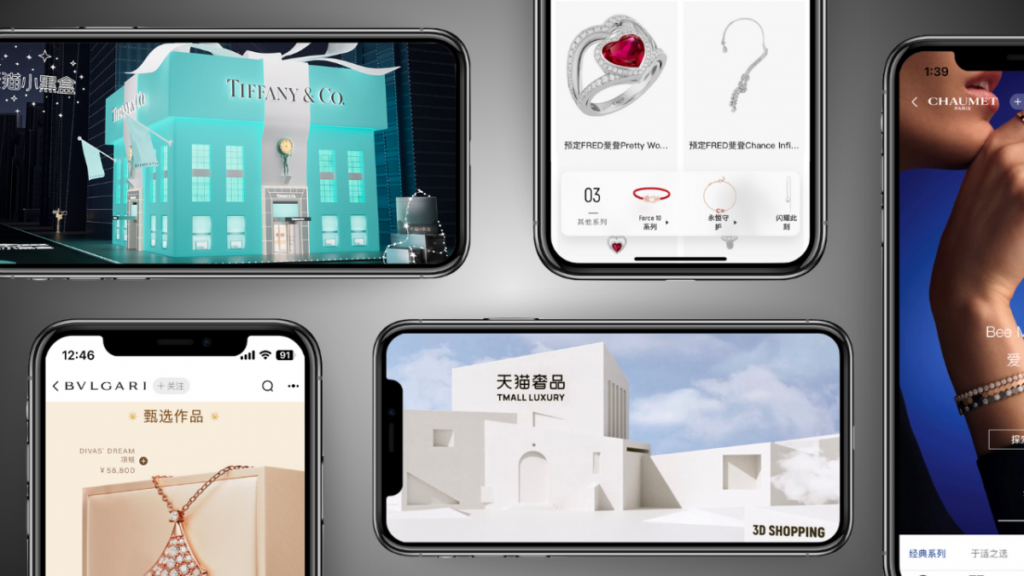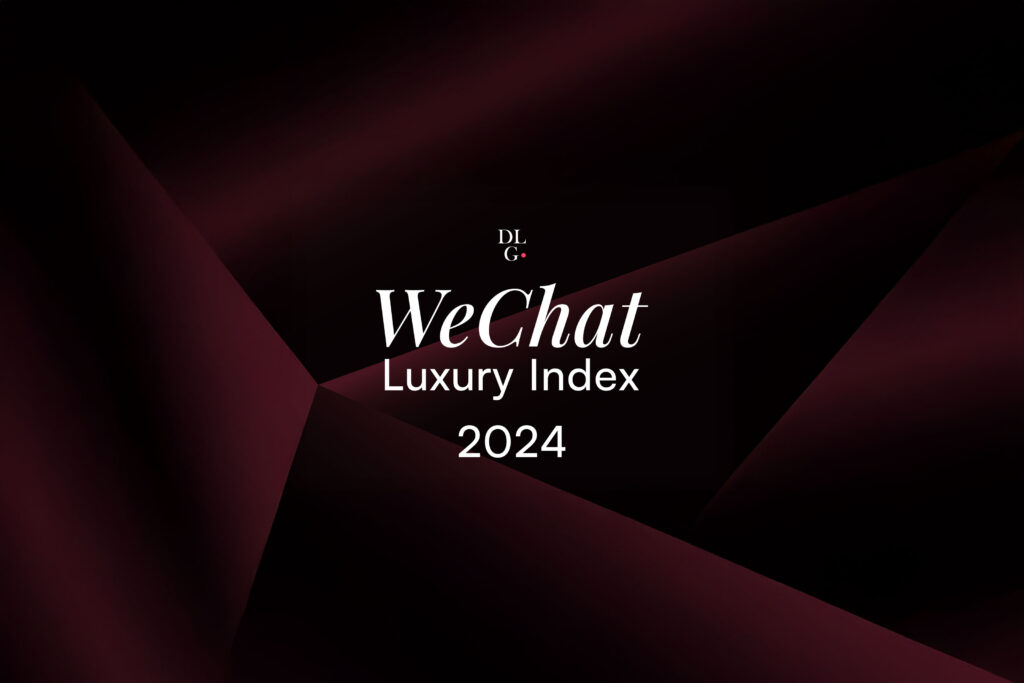As consecutive quarters of improvement signal the end of China’s luxury downturn, industry expert Jacques Roizen reveals the categories driving the turnaround and the brands emerging as winners.
After more than two years of continuous declines, China’s luxury market is showing early signs of recovery. The domestic luxury sector, which accounts for approximately 25% to 40% of global luxury brand revenues, appears to have reached its lowest point earlier than expected, with several major brands reporting positive growth for the first time since the downturn began.
While the overall market remains cautious, steady improvements in domestic spending and rebounding overseas luxury purchases suggest a stabilising and gradually recovering environment in 2025. Jacques Roizen, Managing Director, China Consulting at DLG, offered insights into the market’s trajectory on a recent episode of The Luxury Society Podcast. His analysis reveals a market that, whilst still facing headwinds, has begun its journey back to growth – with some categories leading the charge whilst others lag behind.
China’s luxury market has shown consistent sequential improvement over the past four quarters, marking a clear reversal from the steep declines witnessed throughout 2023 and early 2024.
“I think we were less optimistic than we should have been,” Roizen admits. “The good news is this: in Q3 of last year, the domestic luxury market in China was down 25%. In Q4 of last year, it was down 20%. In Q1 of this year, it was down 15%. In Q2 of this year, it was down 12%, so there’s clearly an improvement line.”
This progressive recovery reflects broader economic stabilisation measures implemented by Chinese authorities throughout 2024. According to McKinsey & Company’s latest China Consumer Report, consumer confidence indicators began showing positive momentum in the second half of 2024, with high-income and upper-middle-class households demonstrating renewed willingness to increase discretionary spending on luxury categories.
“What we’re seeing now in Q3 is that a lot of the largest luxury brands that had been single or double-digit negative for the last two years are for the first time positive, and in some cases high single-digit positive in July and August,” Roizen says. “And so that’s incredibly encouraging because I was hoping that we would touch bottom in Q3. I didn’t expect us to touch bottom early July. And it looks like we did.”
Category-Specific Rebounds Reveal Market Dynamics
The recovery has been notably uneven across different luxury categories, revealing how Chinese consumers are making strategic choices as they re-enter the premium market after two years of restraint.
“I think first of all, let’s be fair, this is coming on the heels of two plus years of negative numbers. The comparable base is much lower than it used to be,” Roizen acknowledges. From this lower baseline, fashion and leather goods have emerged as the clear leaders of the turnaround, driven by a notable shift in consumer behaviour.
“There are some consumers that are going for lower-priced luxury. And so they’re fuelling the success of Coach who’s done a spectacular job capitalising on that,” he notes. According to Tapestry’s fiscal Q4 2025 earnings report released in August 2025, Coach achieved 18% growth in Greater China during the last quarter, significantly outperforming the broader luxury market in the region.

Credit: Coach
The success of brands like Coach reflects a recalibration in Chinese luxury consumption. While high-end luxury leather goods continue to be popular with certain consumer groups that opt for “the pinnacle of luxury”, there is undoubtedly a rising demand for well-made, design-forward products at more attainable price points, which has also led to the expansion of mid-market premium leather goods brands like Polène and even homegrown Chinese label Songmont.
Value-focused purchasing behaviour has left more premium categories – such as watches and jewellery – struggling to regain momentum. Swiss timepiece exports to China fell sharply by 25.8% year-on-year in 2024, according to the Federation of the Swiss Watch Industry, marking one of the steepest contractions in recent years. “I’m not seeing a true turnaround or rebound on the watches of the Chinese domestic luxury market,” Roizen confirms.
The Foundation for Recovery
According to Roizen, the brands delivering the strongest Q3 performance are those that maintained their Chinese market investments during the downturn, with consistent spending strategies now yielding measurable returns as consumer confidence rebuilds.
While many brands scaled back their investments in China during the market downturn, Roizen argues that Chinese consumers represent between “25% and 45% of global luxury brand revenues”, making sustained marketing essential regardless of short-term performance.
Much has also been discussed about the reallocation of Chinese consumer spending across geographies, especially as international travel picked up in recent quarters. While brands might find it counterintuitive to continue pouring marketing dollars into a market where conversions are not necessarily happening, Roizen argues that the disconnect between marketing spend and sales location has become the new reality of luxury commerce.
“You cannot afford not to spend in China because whether the Chinese consumer buys in China, or whether she buys in Tokyo or in Europe, she lives in China. And she needs to be marketed to, in China,” Roizen emphasises.

Credit: Louis Vuitton
While the improving quarterly trends offer genuine cause for optimism, Roizen maintains realistic expectations about the near-term outlook. He emphasises that positive Q3 and Q4 results cannot offset an entire year of earlier declines, projecting that China will remain a mid to high single-digit negative market for 2025 as a whole. However, the trajectory suggests more sustainable growth ahead. “I think it’s reasonable to expect single-digit growth next year for the Chinese domestic luxury market,” says Roizen.
The recovery’s uneven nature offers some strategic guidance: fashion and leather goods brands appear positioned for immediate gains, whilst hard luxury categories may require longer timelines for a significant rebound. For brands that maintained their nerve through the downturn, the wait appears worthwhile.
“My advice would be the same as it was a year ago, which is to make sure you invest in China. Because it’s too big a market to be ignored,” he concludes.
________________
Listen to the full interview with Jacques Roizen on The Luxury Society Podcast on Apple, Spotify, and other major podcast platforms.
To discover more about the evolving Chinese luxury consumer landscape, read our interview with Pablo Mauron, Managing Partner China & Board Member at DLG, or listen to the podcast episode available on Apple, Spotify, and other major podcast platforms.
Subscribe to The Luxury Society Podcast to receive notifications about new episodes featuring luxury industry leaders. Never miss an episode as we continue exploring the themes shaping the future of luxury.










